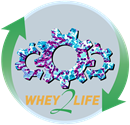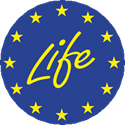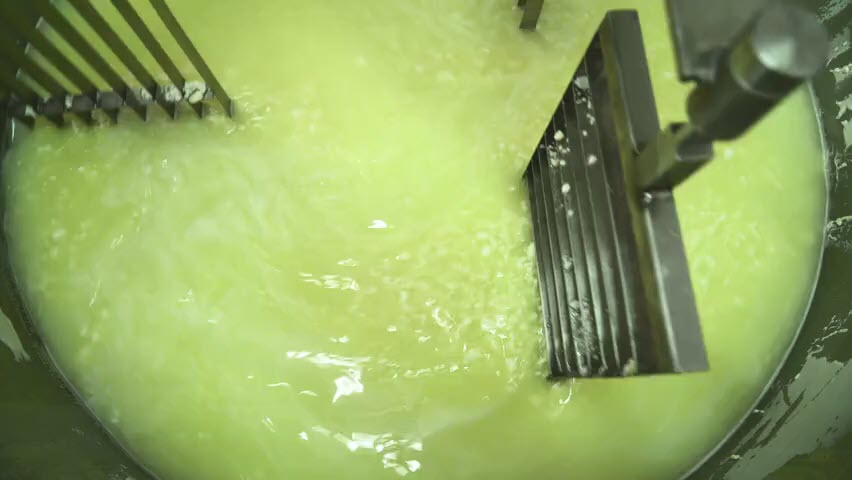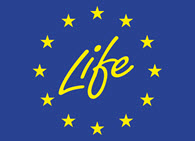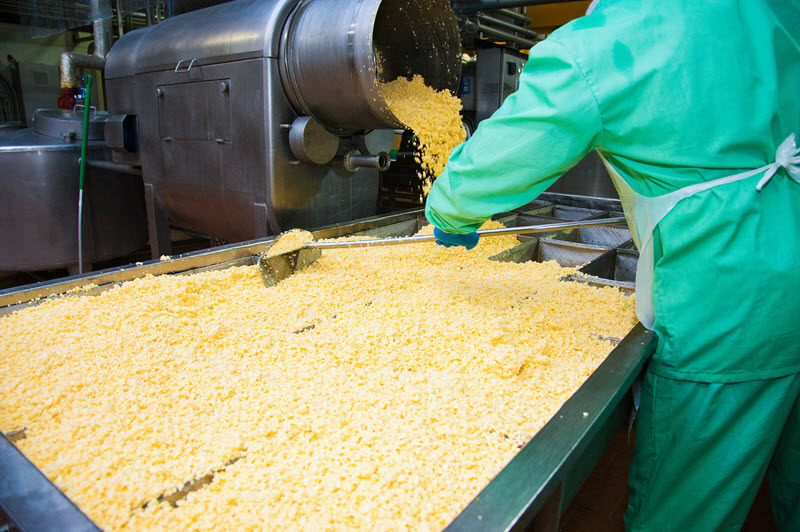
Extension of whey permeate value chain through industrial symbiosis to produce a valuable non-GMO yeast protein.
The WHEY2LIFE project is being part funded by the LIFE Program.
Background WHEY Permeate
by-product of the dairy industry
Background
Whey Permeate
Whey Permeate (WP) is a by-product of the dairy industry, obtained during cheese production. A typical cheese WP consists mainly of water, approximately 4-5% of lactose, nitrogenous components, minerals and traces of vitamins. The presence of lactose and proteins represents a potential source of re-usable substances, but which are not properly valorised, and unless disposed of sustainably can generate adverse consequences for the environment. According to the European Dairy Association, the EU produces around 10 M tons/year of cheese (EDA, 2018), which corresponds to 4 M tons/year of WP.

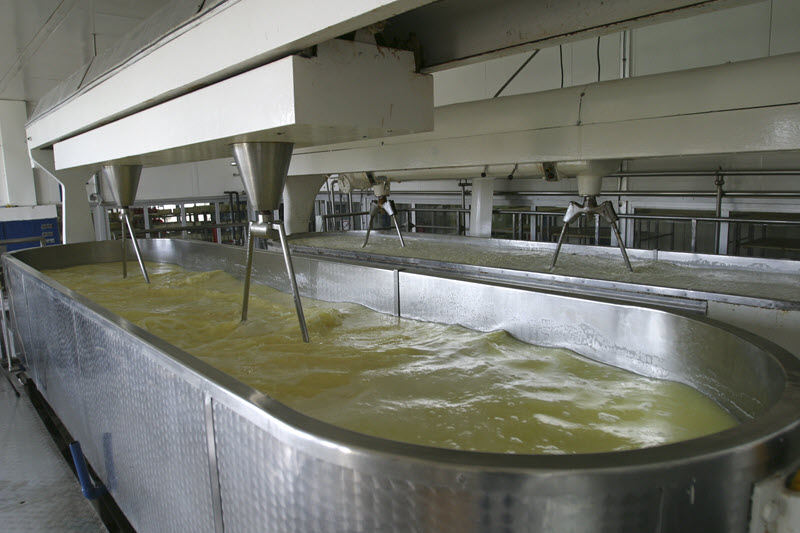
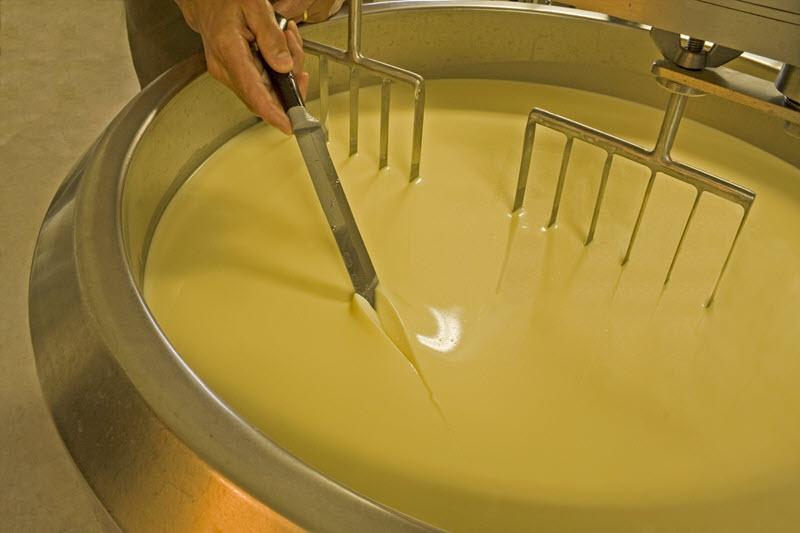
About WHEY2LIFE
Extending the Whey Permeate Value chain
EU LIFE Program
Whey2LIFE Resource Efficiency
Whey Permeate (WP) is, currently, a low value by product of cheese / whey protein production. Owing to its high Biochemical Oxygen Demand (BOD of 35-50 g/l) and Chemical Oxygen Demand (COD of 60-80 gl) the disposal of this by product in an environmentally sustainable way is challenging. Whilst this by-product comprises mainly of water the presence of lactose (c 80% on a dry matter basis) as well as other minerals indicates that WP may have potential as a second generation substrate for bio-processing.
Whey2LIFE will provide a sustainable valorization route for whey permeate (WP), a by-product of the dairy industry, by developing an integrated biorefinery which will transform WP into a valuable non-GMO yeast protein which can be used as a feed material in animal and fish feeds where the benefits of protein rich yeast products are well understood.
By extending the WP value chain in this manner and by co-locating the bio-refinery with an existing anaerobic digestion facility Whey2LIFE will realise an industrial symbiosis concept which will deliver greater resource efficiency.
The LIFE program is the EU’s funding instrument for the environment and climate action. The LIFE program began in 1992 and to date has co-financed in excess of 5,400 projects, including projects which target resource efficiency. Further information regarding the EU LIFE program can be found at https://ec.europa.eu/easme/en/life
Whey2LIFE Goals
Resource Efficiency & Circular Economy
The project contributes to the implementation of the 7th Environment Action Programme, the Roadmap to a Resource-efficient Europe, the Water Framework Directive, the Nitrate Directive and other EU policy relating to the Circular Economy, waste and water treatment, and energy and resource use efficiency.
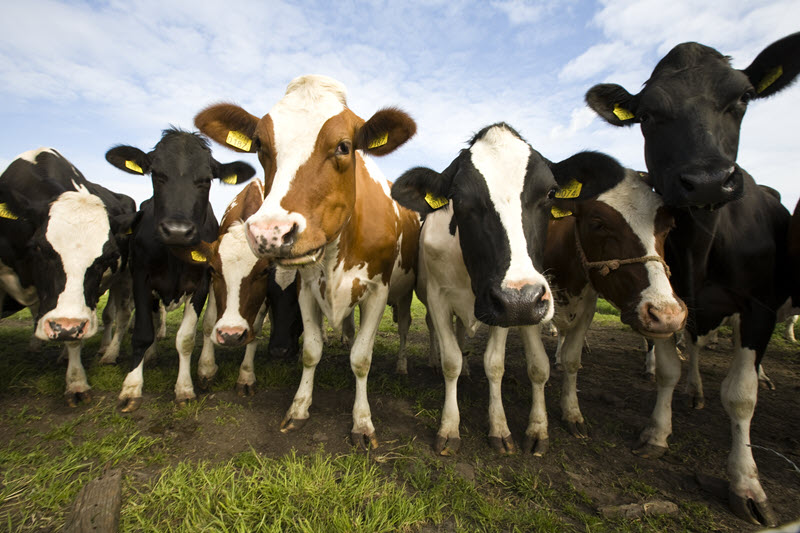
Our Mission
Whey2LIFE aims at to extend the WP value chain in line with circular economy principals by providing a sustainable valorization route.
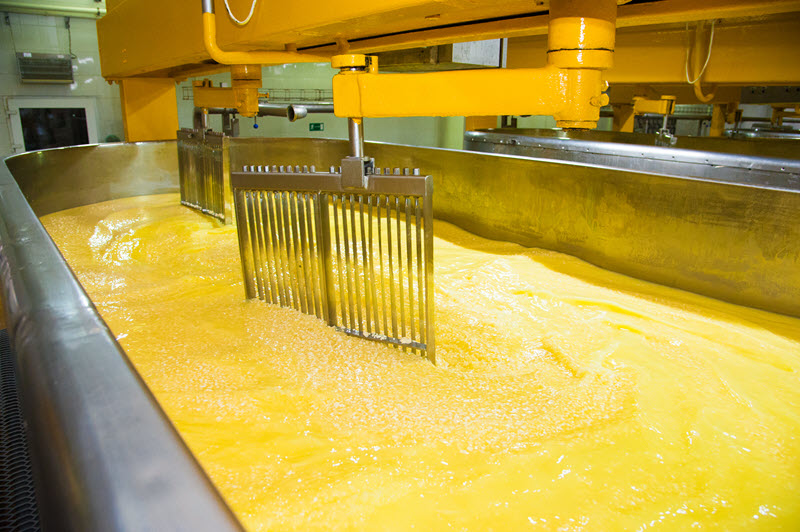
Our Vision
The project aims for 100% valorisation of Whey Permeate (WP) by using it as a biorefinery feedstock to produce valuable Yeast Biomass.
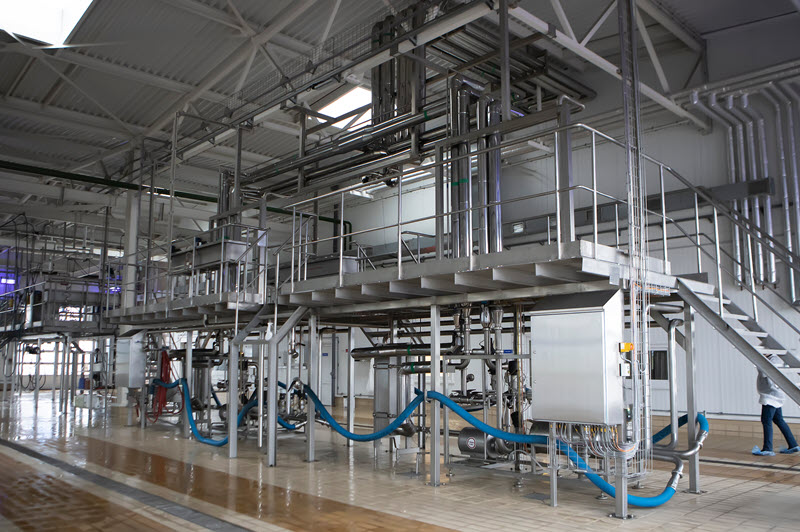
Our Strategy
Yeast Biomass can then be used as a protein-rich ingredient for animal feed, in line with Circular Economy principles, thereby facilitating new methods for disposal of animal-origin products from dairies.
